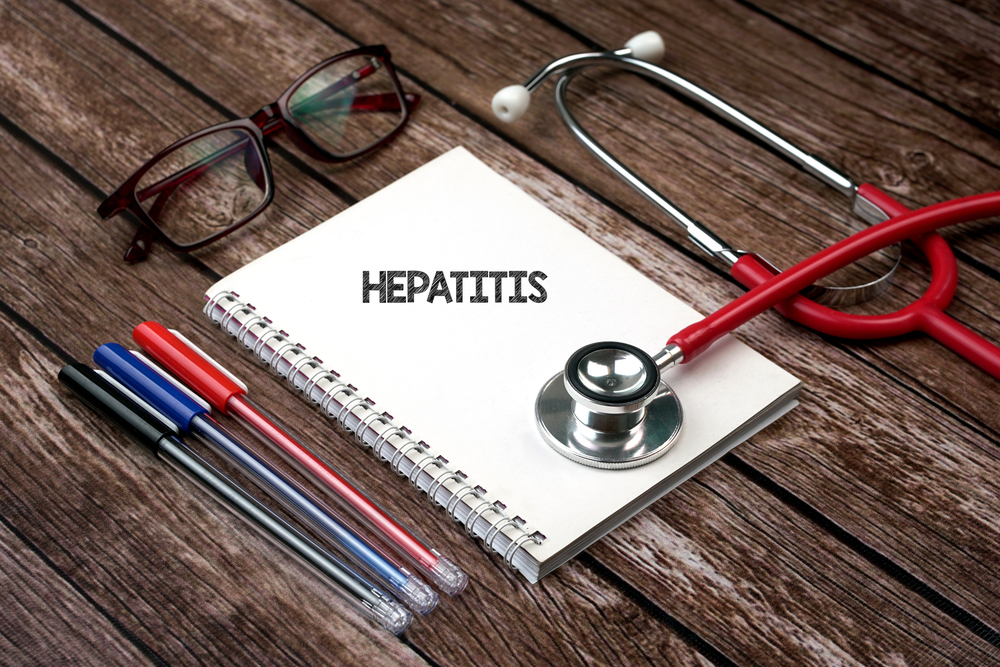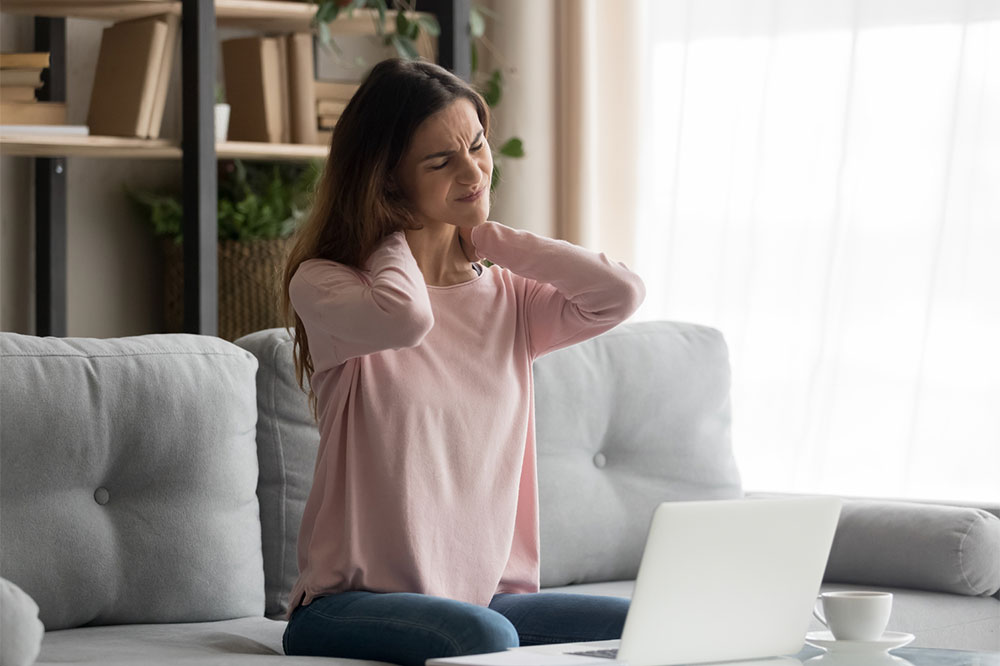Comprehensive Guide to Norovirus: Causes, Symptoms, and Preventative Measures
This comprehensive article explores norovirus in detail, covering its causes, symptoms, and effective prevention strategies. It highlights the importance of hygiene and sanitation practices, discusses diagnosis and supportive treatments, and emphasizes protecting vulnerable populations. Perfect for understanding how to prevent and manage norovirus outbreaks effectively, this guide provides crucial insights for public health awareness and personal safety.

Comprehensive Guide to Norovirus: Causes, Symptoms, and Preventative Measures
Norovirus, also known as the stomach flu, is a highly contagious virus that is a leading cause of acute gastroenteritis worldwide. This virus causes inflammation of the stomach and intestines, leading to symptoms such as vomiting, diarrhea, and stomach pain. Due to its contagious nature, outbreaks frequently occur in crowded environments including schools, hospitals, nursing homes, cruise ships, and restaurants. Understanding how norovirus spreads and adopting effective prevention strategies is crucial for controlling its transmission and safeguarding public health.
The virus was first identified during an outbreak in a school in Ohio in 1968, initially referred to as the Norwalk virus, named after the location where it was first studied. Since then, norovirus has gained recognition as one of the most common causes of viral gastroenteritis globally, affecting millions of people annually. Its resilience in the environment and resistance to many disinfectants contribute to the challenge of controlling its spread.
Typically, symptoms of norovirus infection develop rapidly, usually within 12 to 48 hours after exposure. The illness generally lasts for 1 to 3 days, with most individuals recovering fully without long-term health consequences. However, vulnerable groups such as children, the elderly, and immunocompromised individuals may experience more severe symptoms and prolonged illness. In some cases, individuals may carry the virus asymptomatically, unknowingly facilitating its spread.
The primary symptoms of norovirus include nausea, projectile vomiting, frequent and watery diarrhea, stomach cramps, muscle aches, and a mild fever. These symptoms can appear suddenly and are often intense, leading to dehydration, especially if not properly managed. Notably, the virus spreads easily through ingestion of contaminated substances, contact with infected persons, or contact with contaminated surfaces or objects.
Norovirus's resilience is notable— it is resistant to extreme temperatures and many common disinfectants, making it difficult to eradicate from contaminated environments. This resilience underscores the importance of strict hygiene and sanitation practices in controlling outbreaks.
Consuming contaminated food or water
Touching the mouth after handling contaminated objects or surfaces
Prolonged close contact with infected individuals
Preventing norovirus transmission involves several key practices. Regular and thorough hand hygiene with soap and water is the most effective way to prevent infection, especially after using the restroom or handling raw food. Disinfecting surfaces with bleach-based solutions also reduces the risk of environmental contamination. Avoiding consumption of food prepared by sick individuals and practicing proper food hygiene are critical components in prevention.
Wash hands carefully with soap and water for at least 20 seconds
Use effective disinfectants and bleach solutions to clean surfaces
Avoid consuming food handled or prepared by infected persons
Accurate diagnosis of norovirus infection relies on stool testing, especially in outbreak settings or among immunocompromised individuals showing severe symptoms. Currently, there is no specific antiviral medication available for treating norovirus. Management focuses on supportive care, mainly rehydration through oral rehydration solutions or intravenous fluids. Symptomatic treatment may include anti-nausea medications and anti-diarrheal agents, although their use should be guided by healthcare professionals.
Ensure adequate hydration with rehydration drinks, broths, or electrolyte solutions
Avoid fatty, spicy, or heavy foods during recovery to lessen gastrointestinal stress
Opt for small, bland, easily digestible meals such as bananas, rice, toast, or boiled chicken
To minimize transmission during illness, adhere to isolation practices—avoid close contact with others and refrain from preparing food for others until fully recovered. Recognizing signs of dehydration like dizziness, dry mouth, decreased urination, and fatigue is essential. If symptoms worsen or dehydration becomes severe, prompt medical attention is necessary to prevent serious complications.
Though most norovirus infections resolve within a few days without lasting effects, severe dehydration can pose significant health risks for vulnerable populations including the elderly, children, pregnant women, and those with preexisting health conditions. Maintaining hydration, practicing rigorous hygiene, and seeking early medical care when needed are vital strategies for managing outbreaks and reducing the impact of norovirus infections.
Overall, through prompt diagnosis, meticulous hygiene practices, and effective hydration, most norovirus infections can be managed successfully. Public health education about preventive measures plays a critical role in reducing outbreaks. If symptoms persist beyond three days or worsen, consulting a healthcare provider is essential for further evaluation and treatment.





